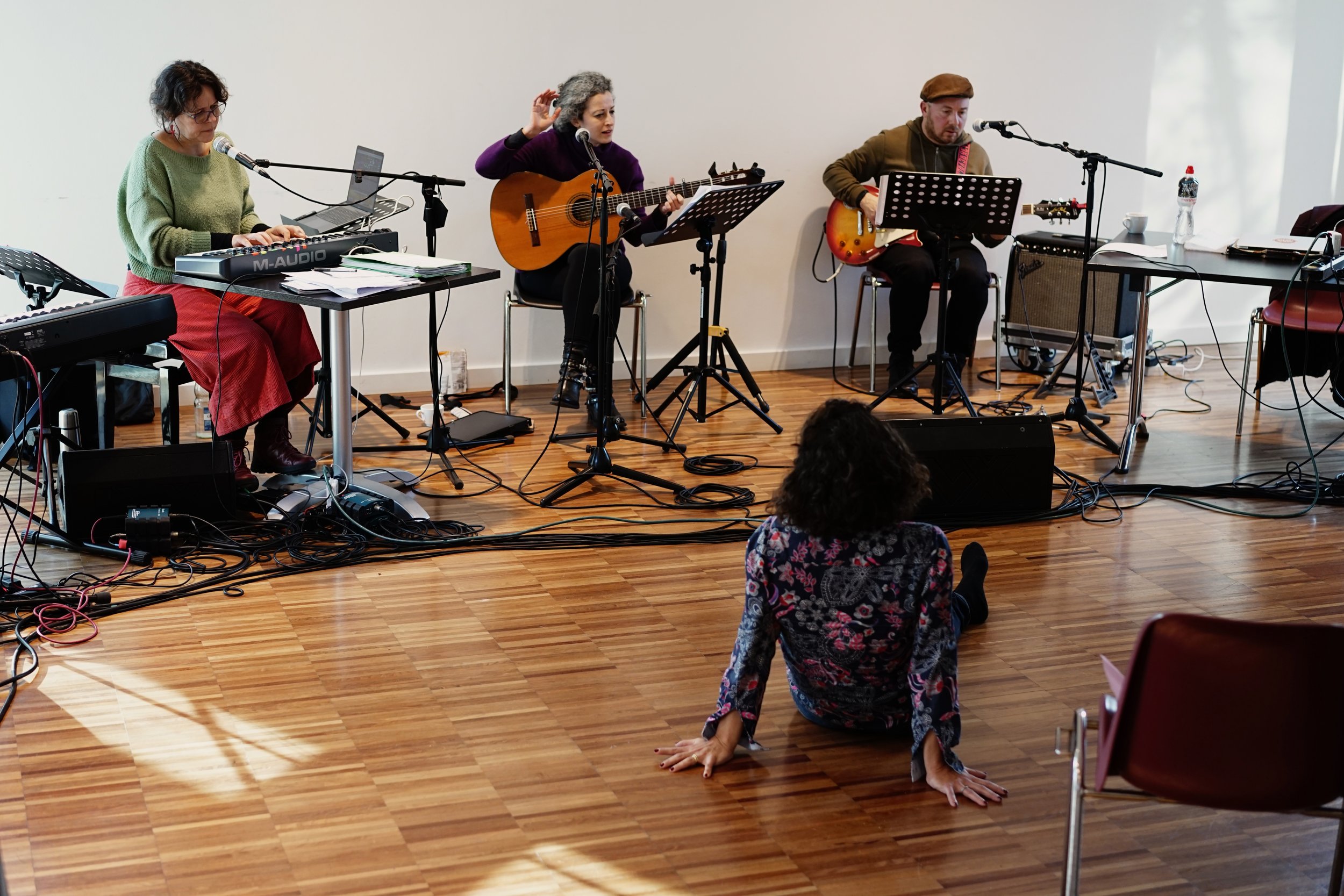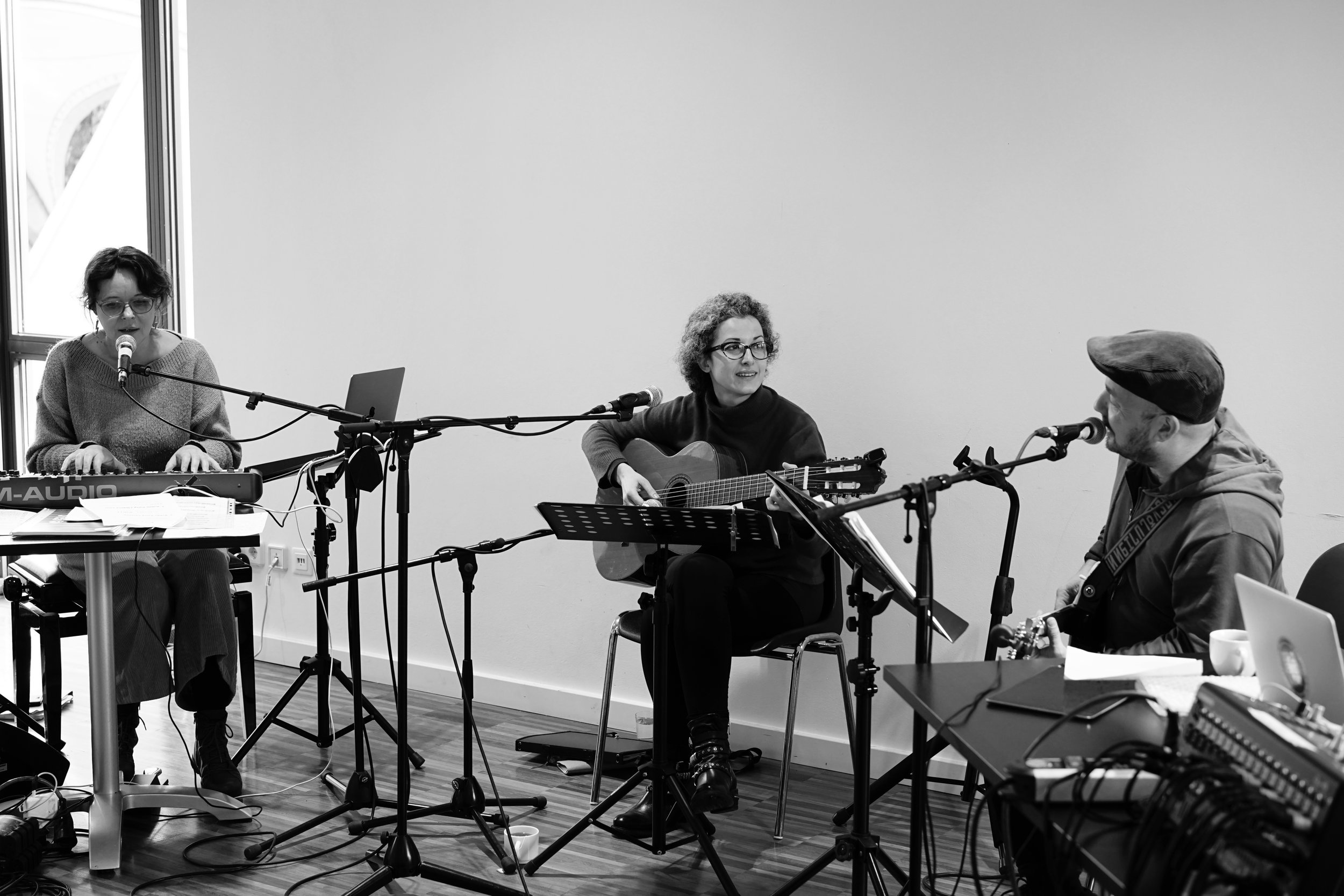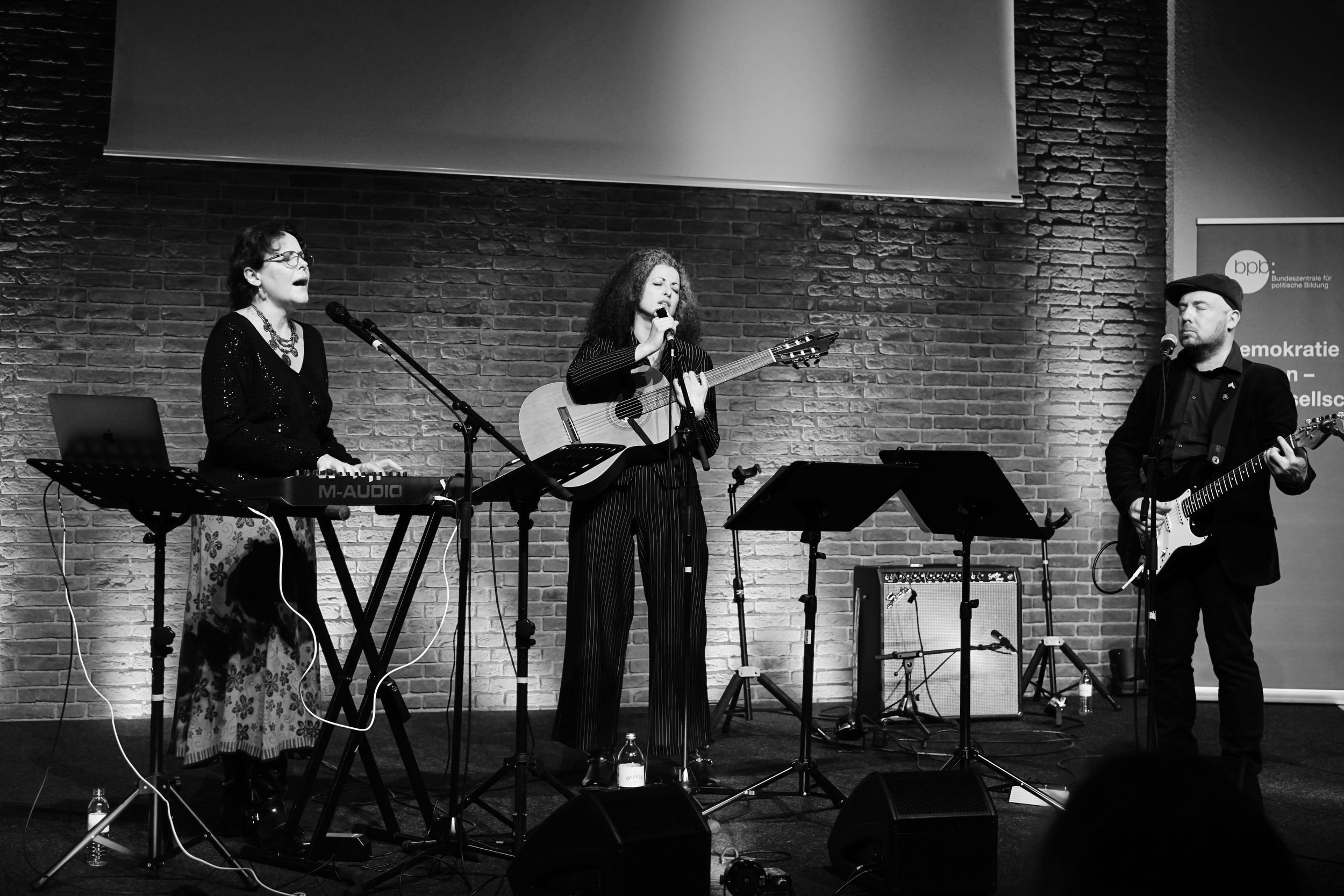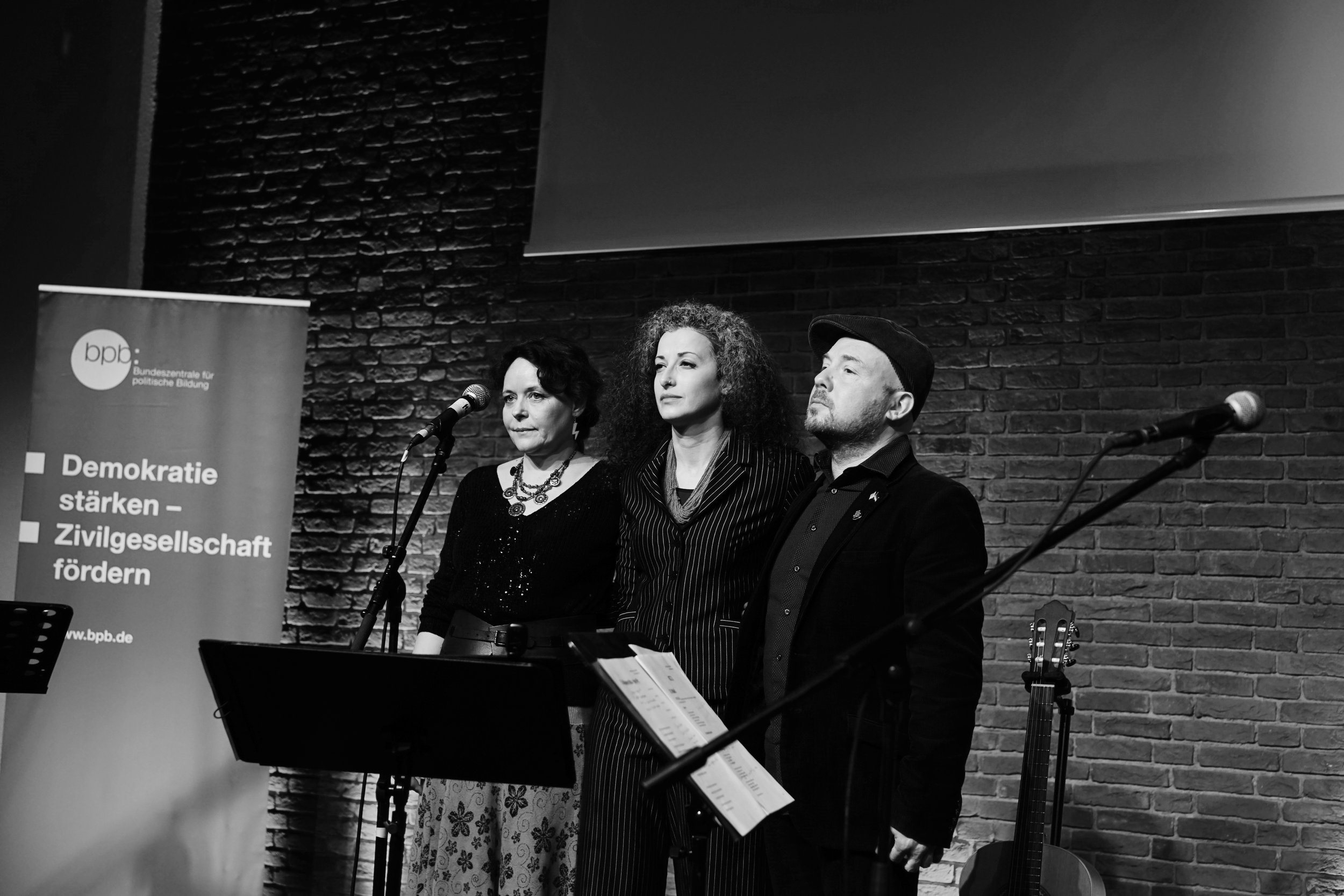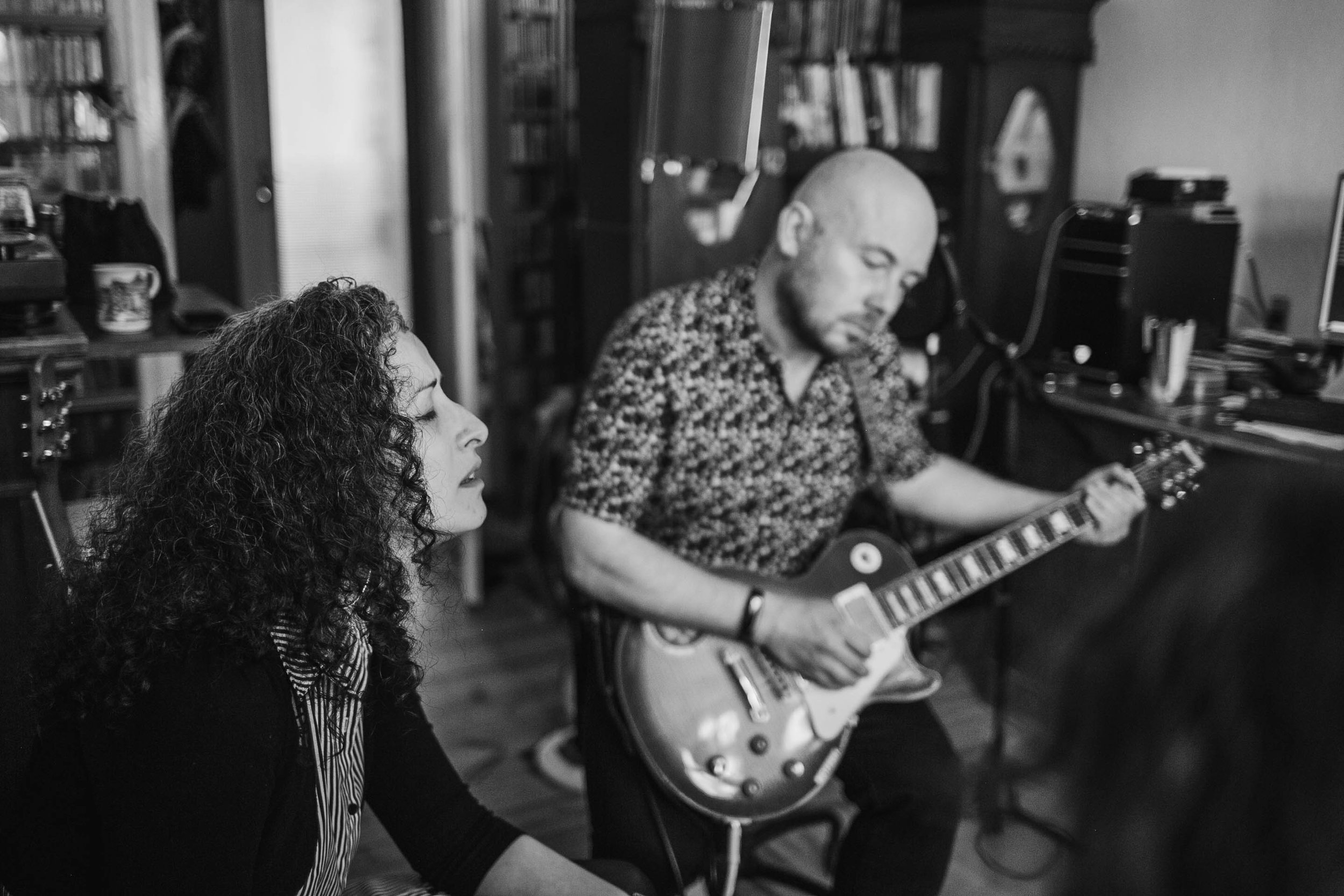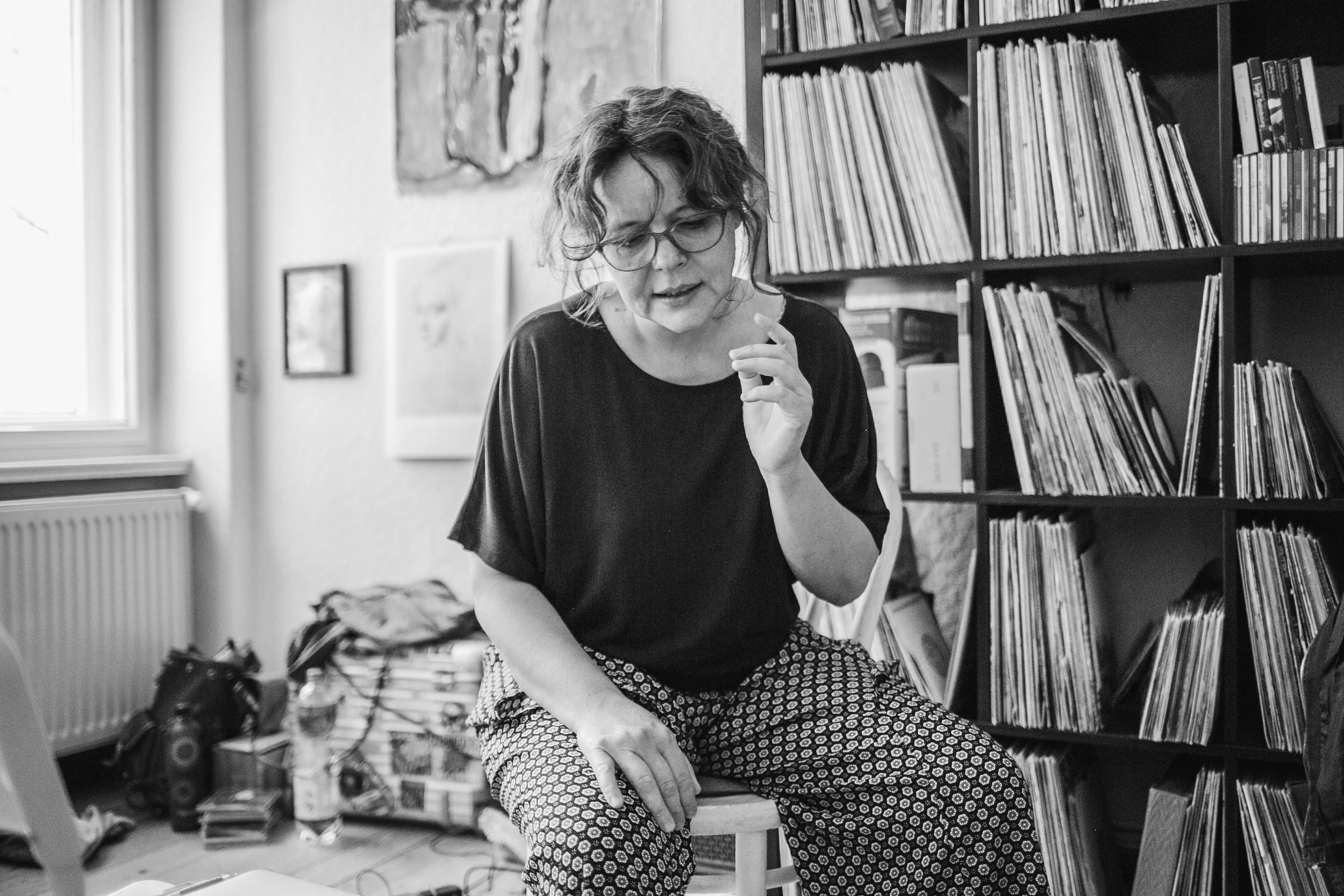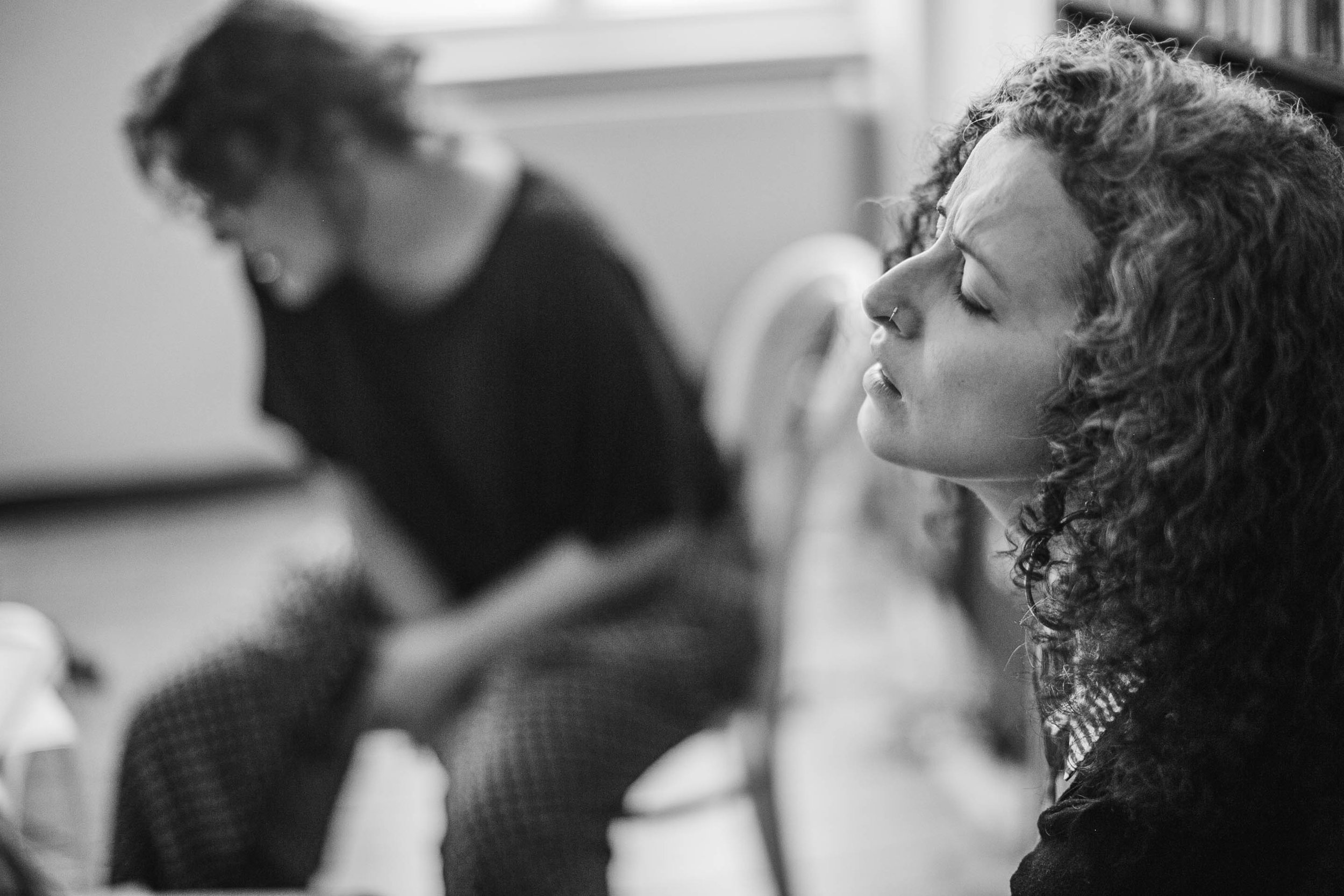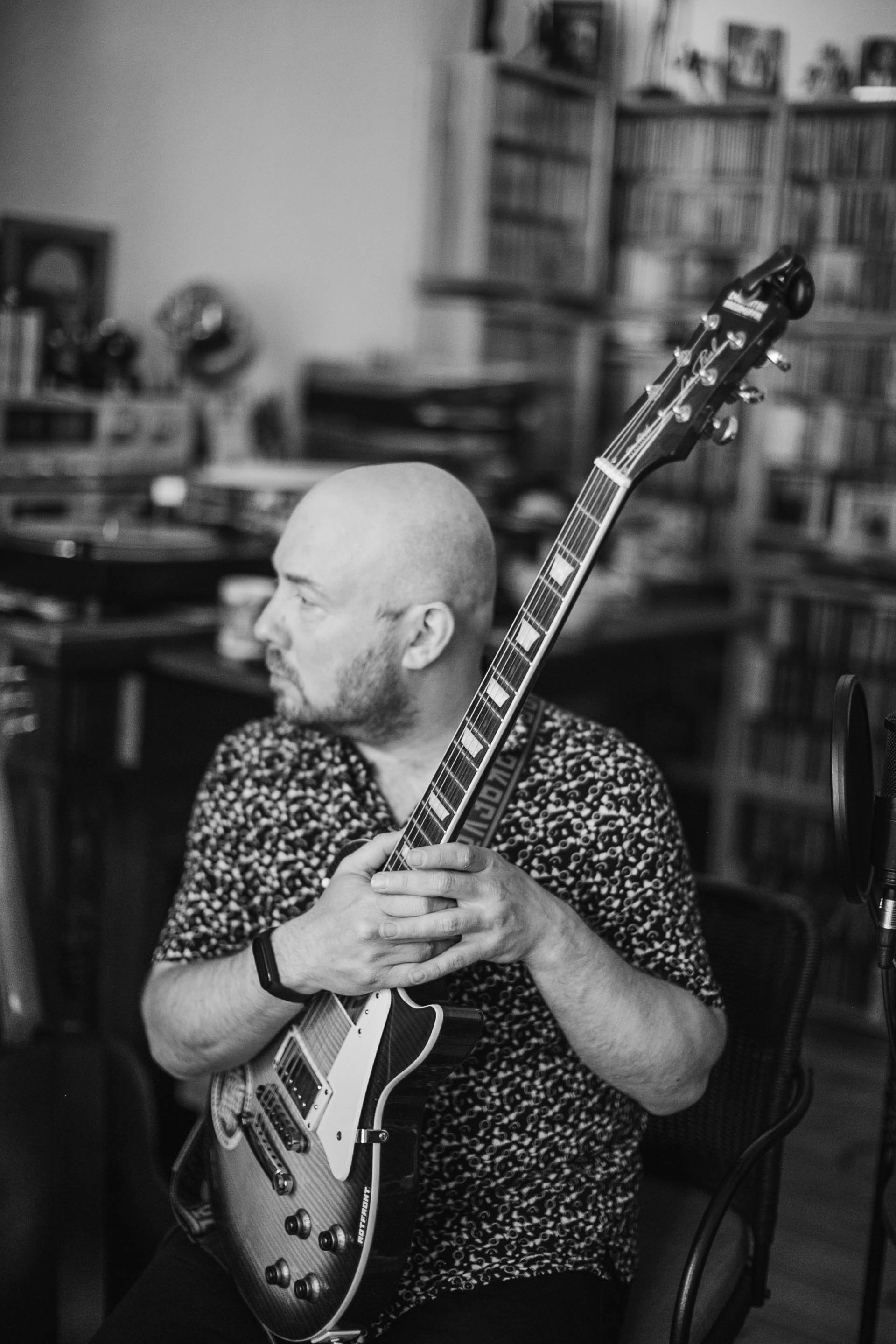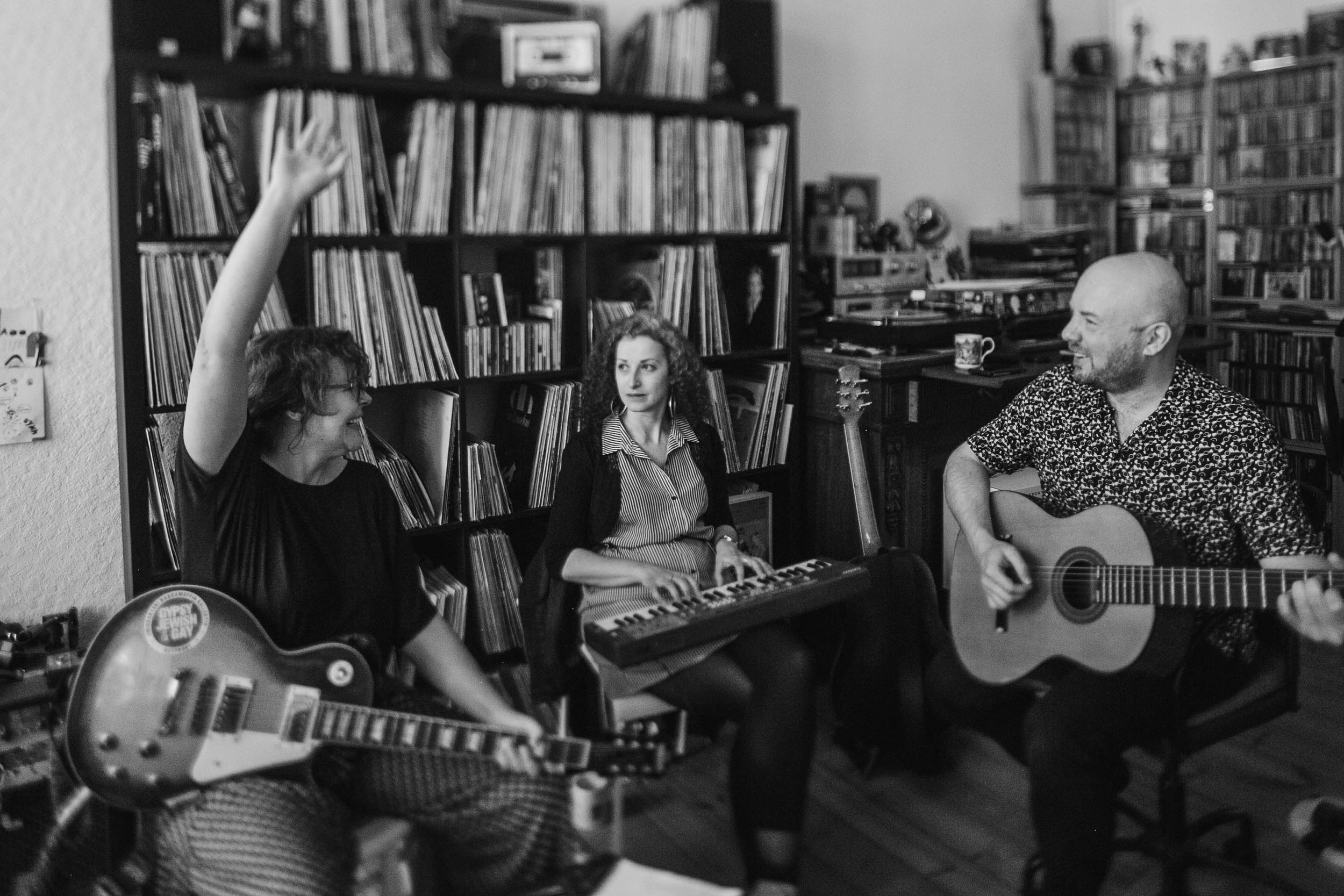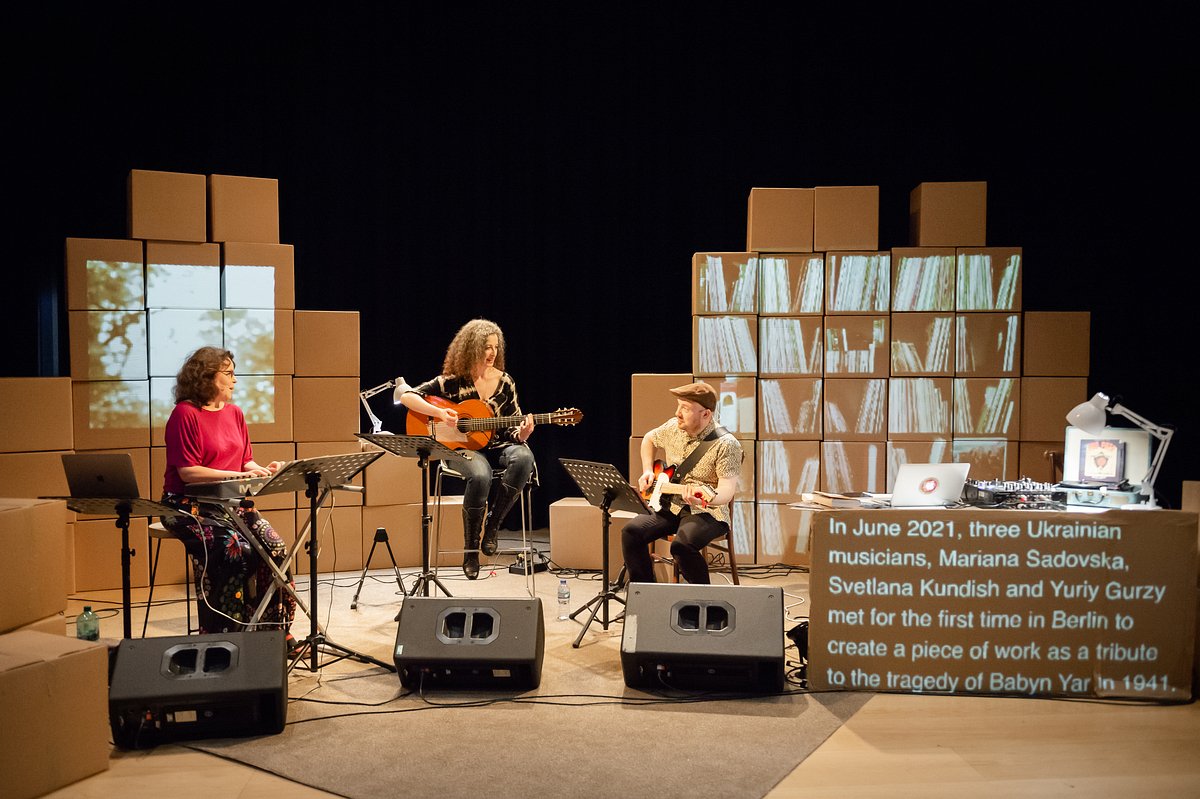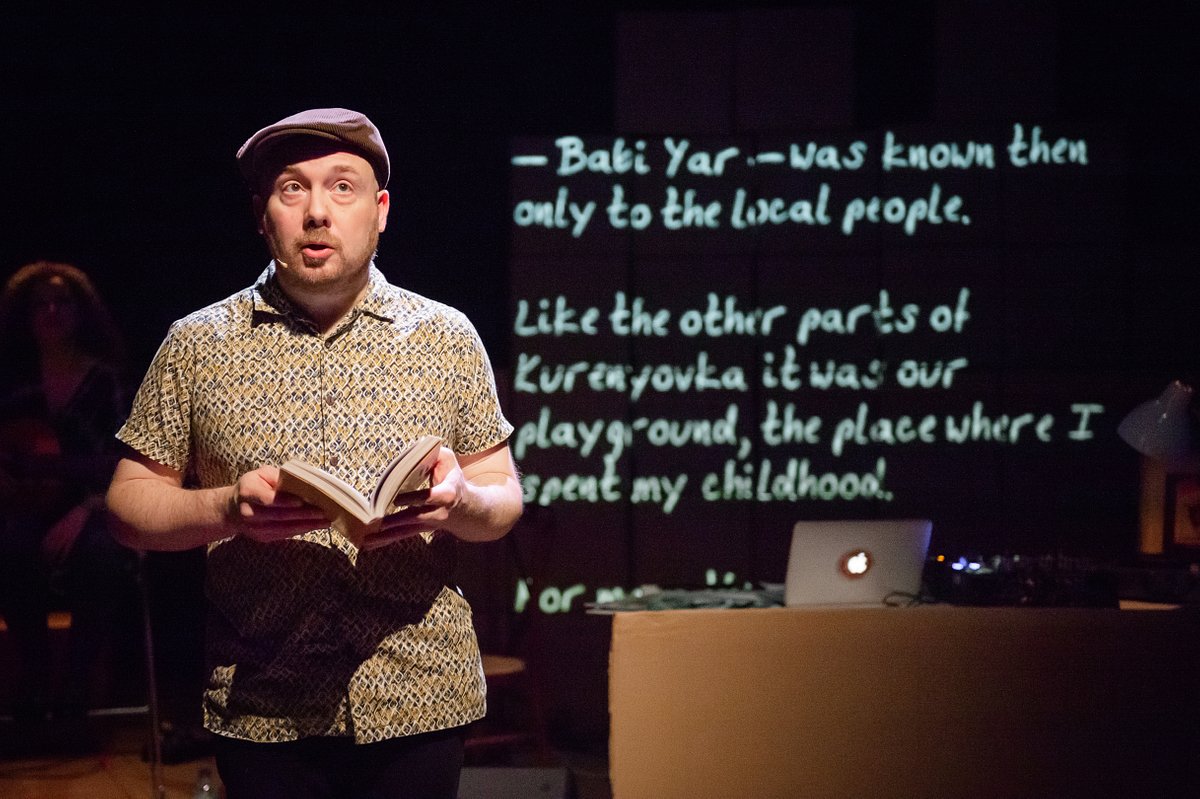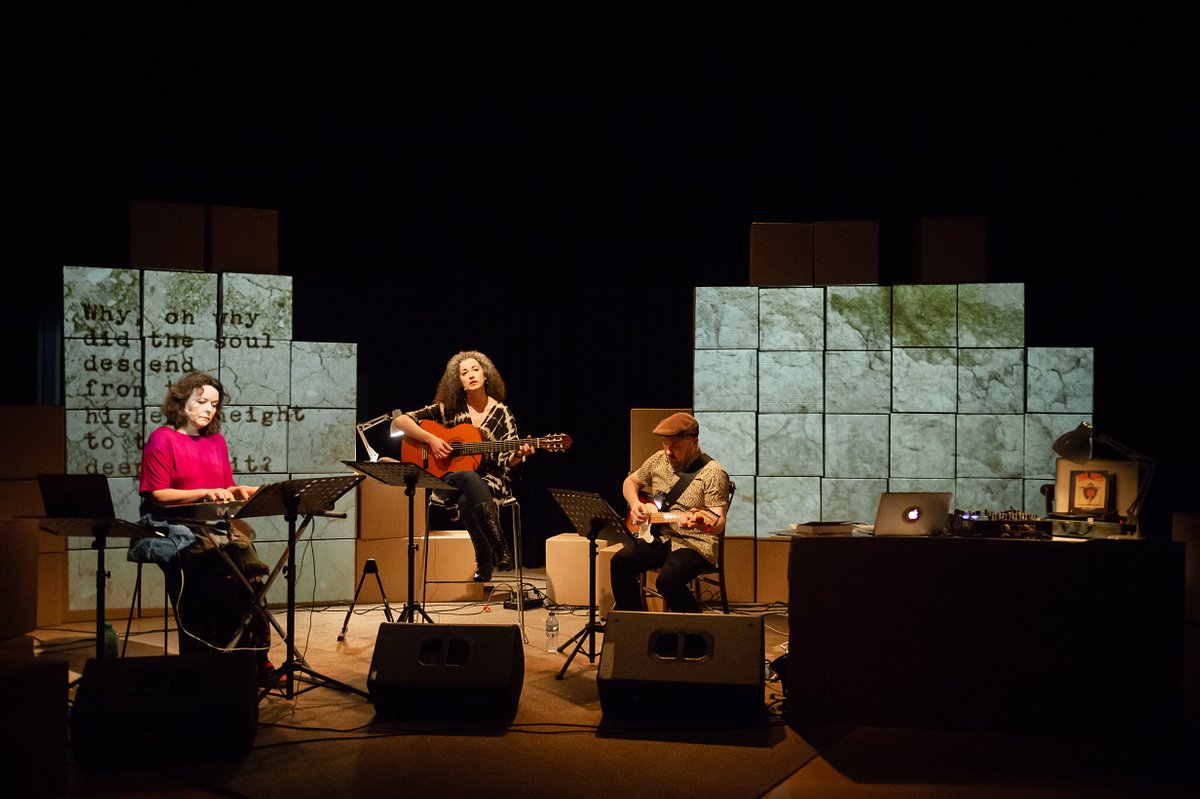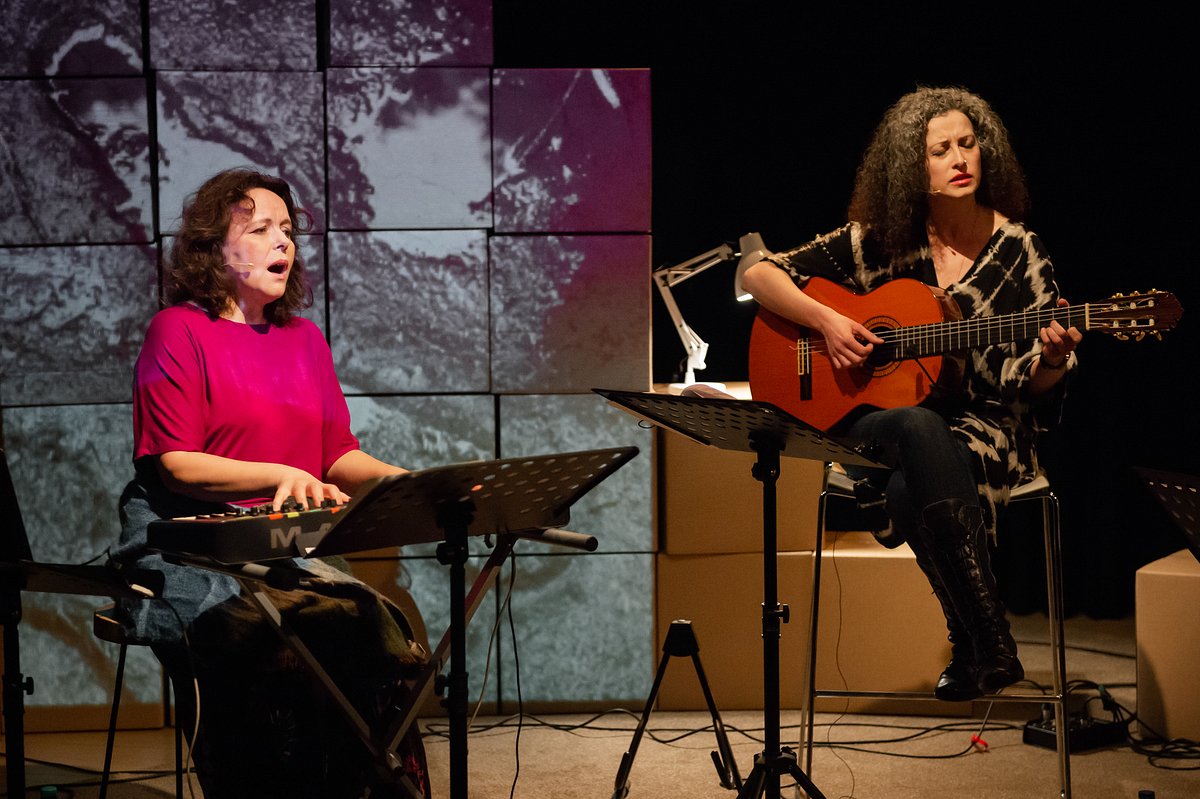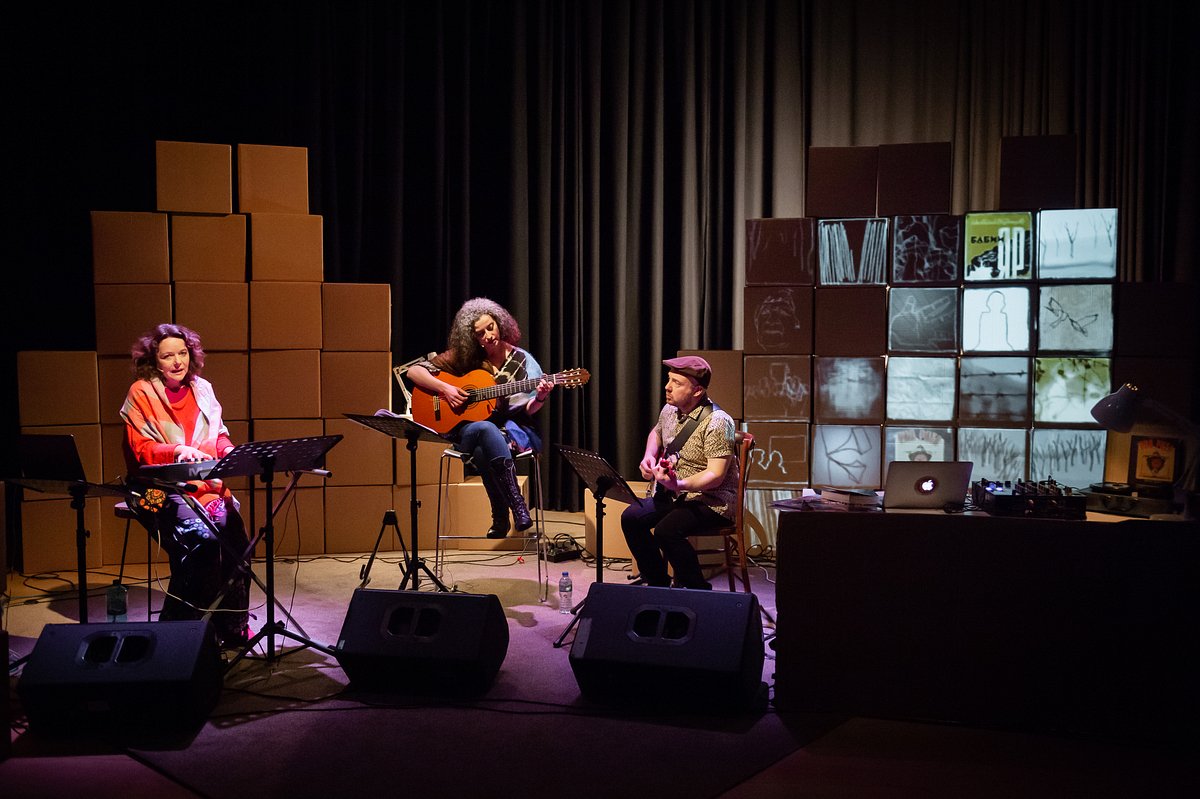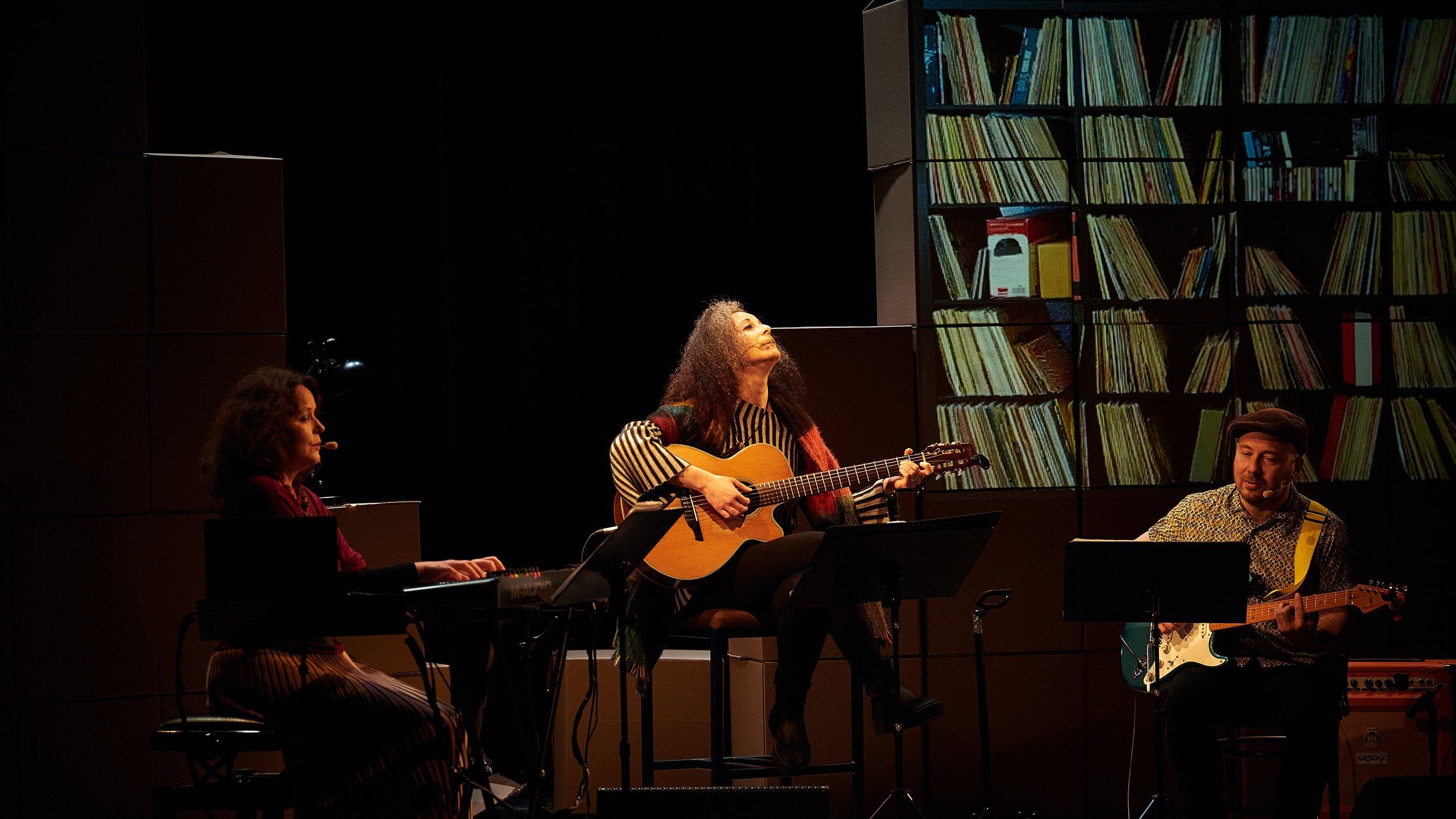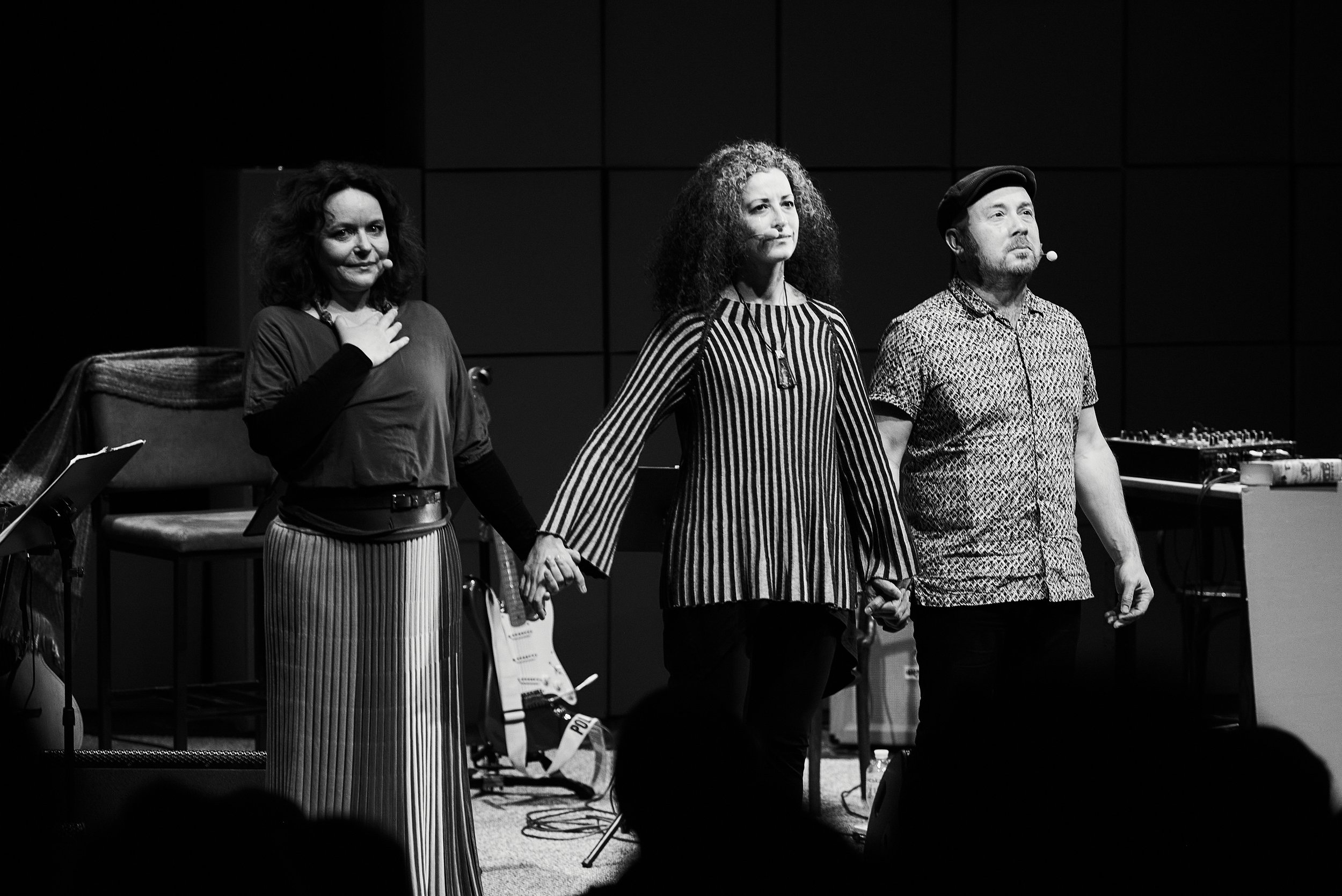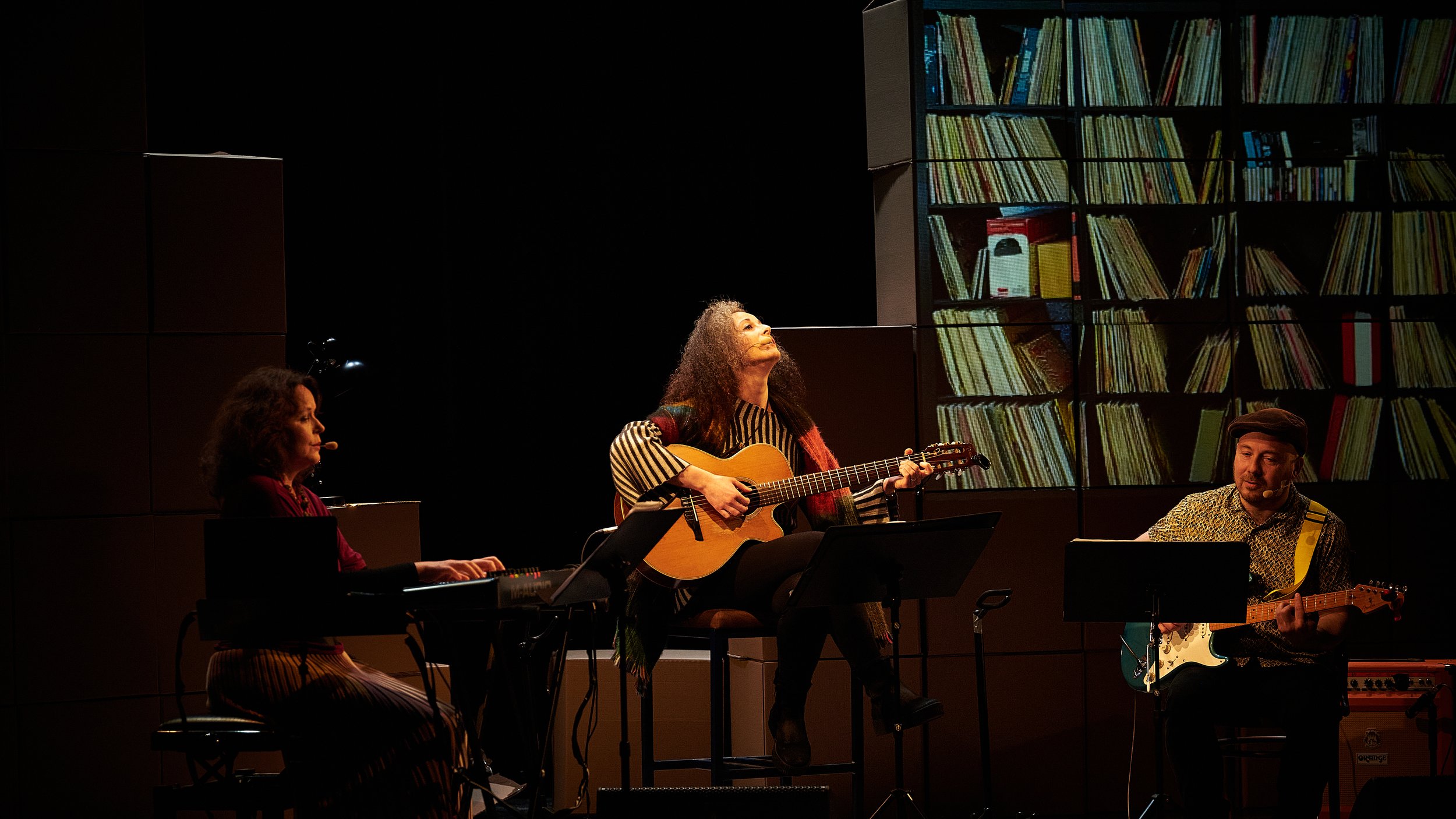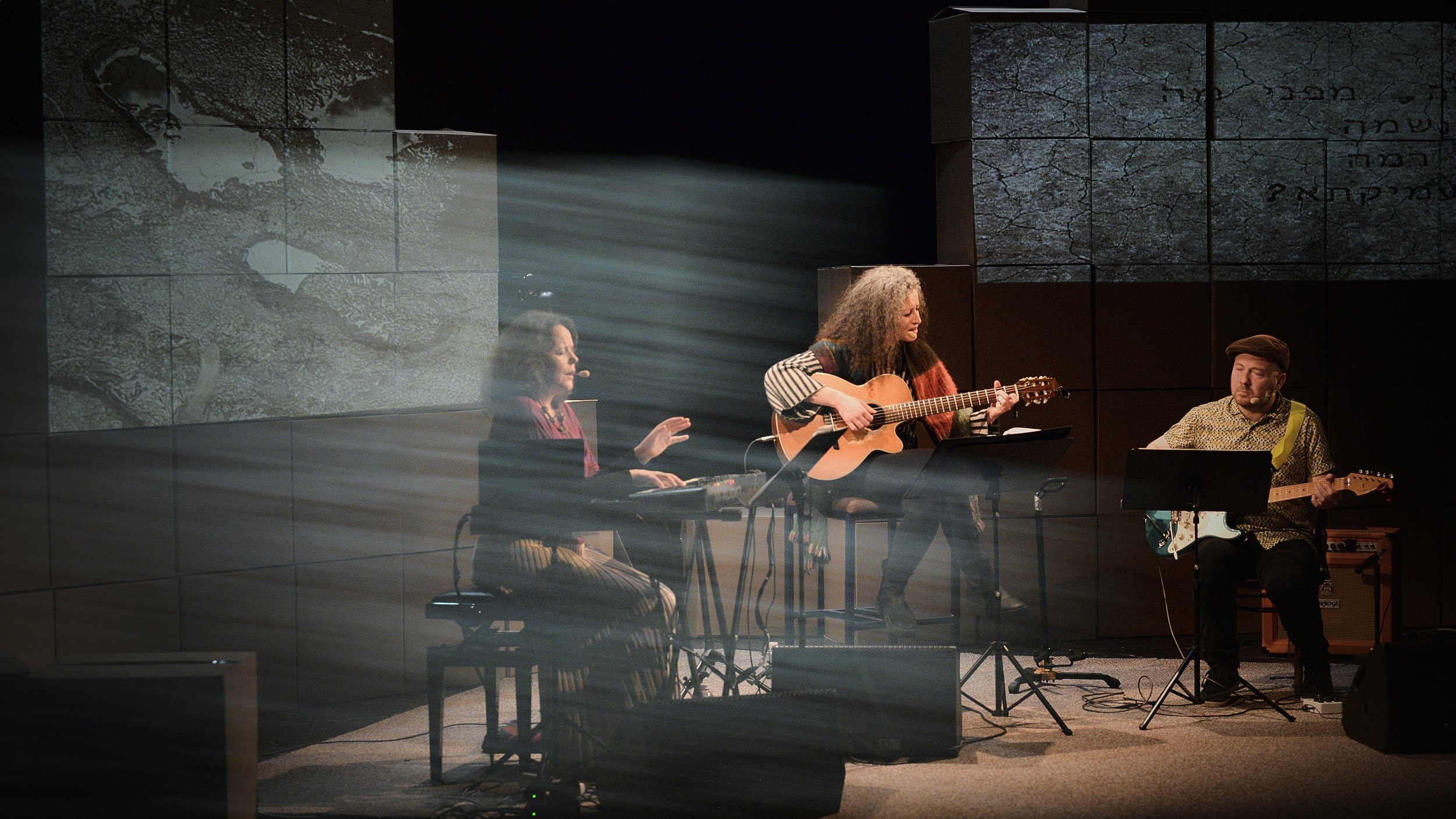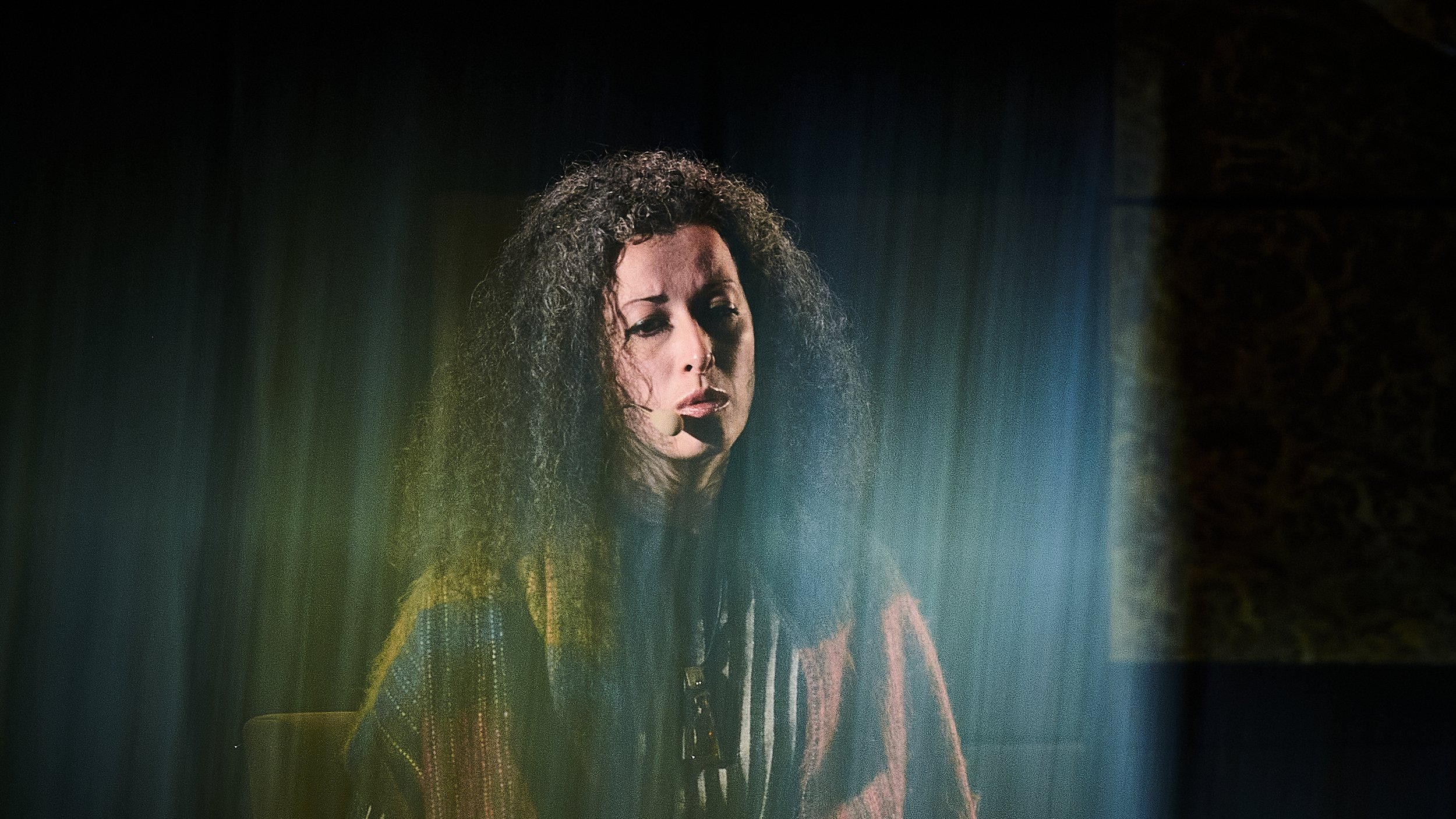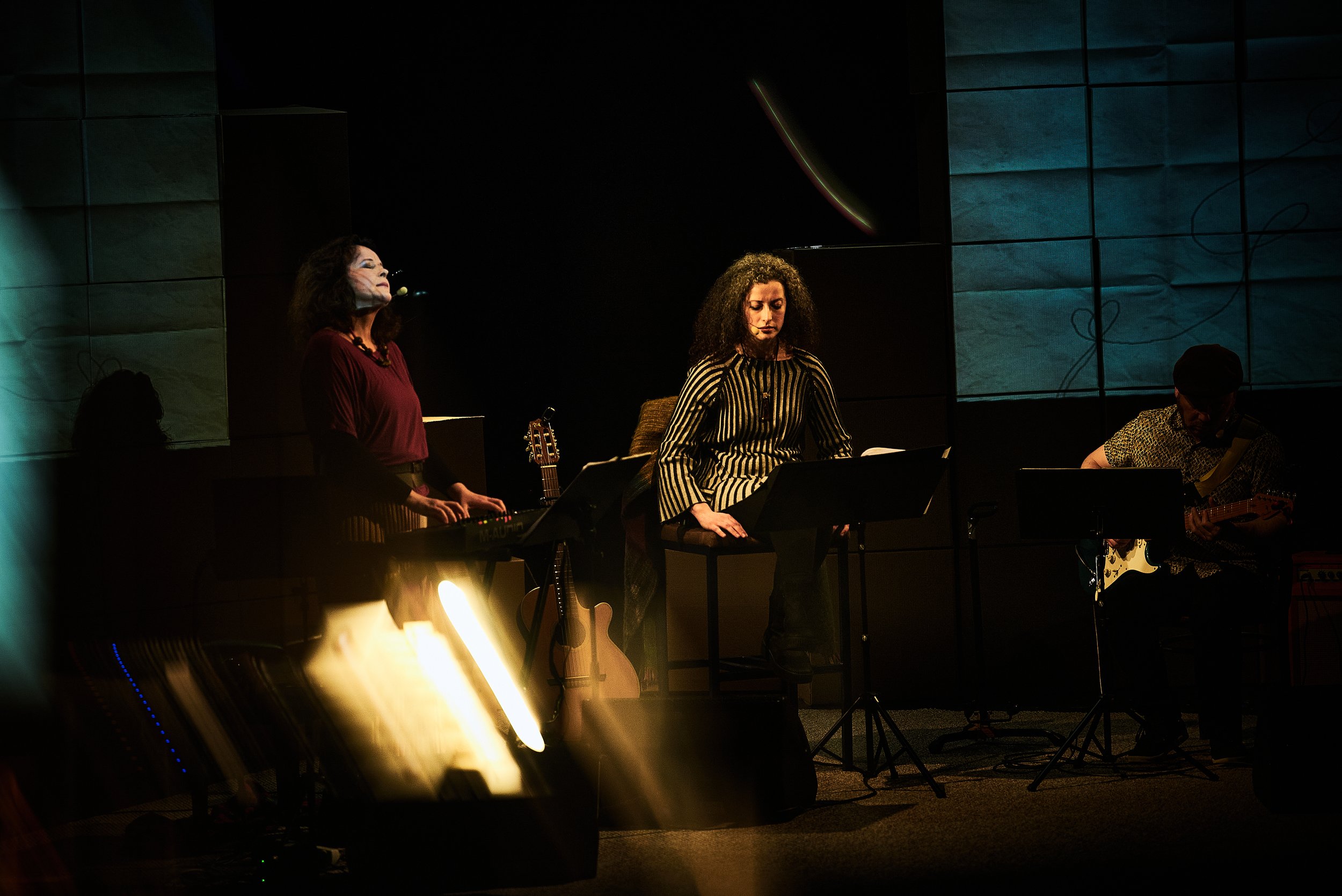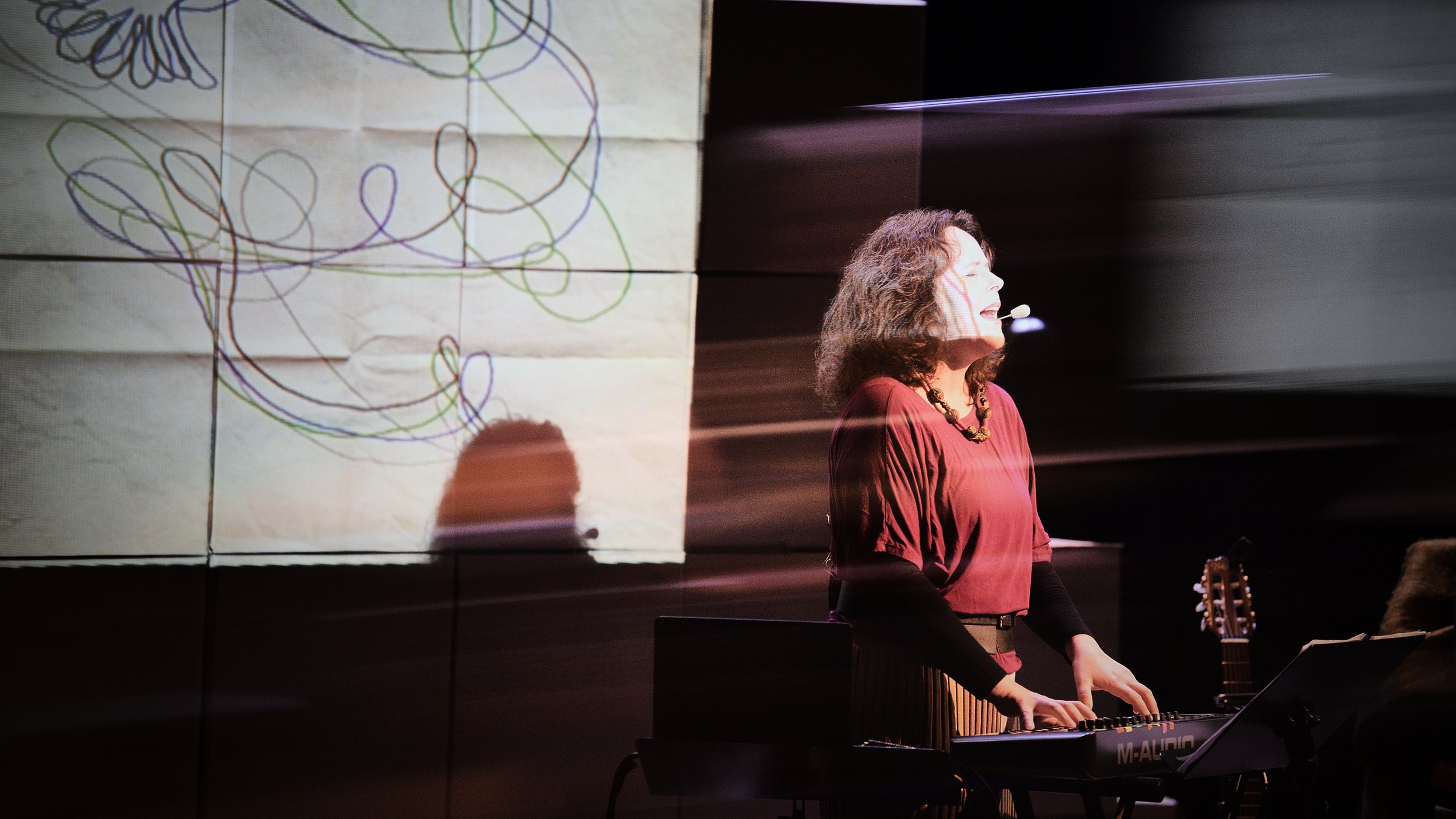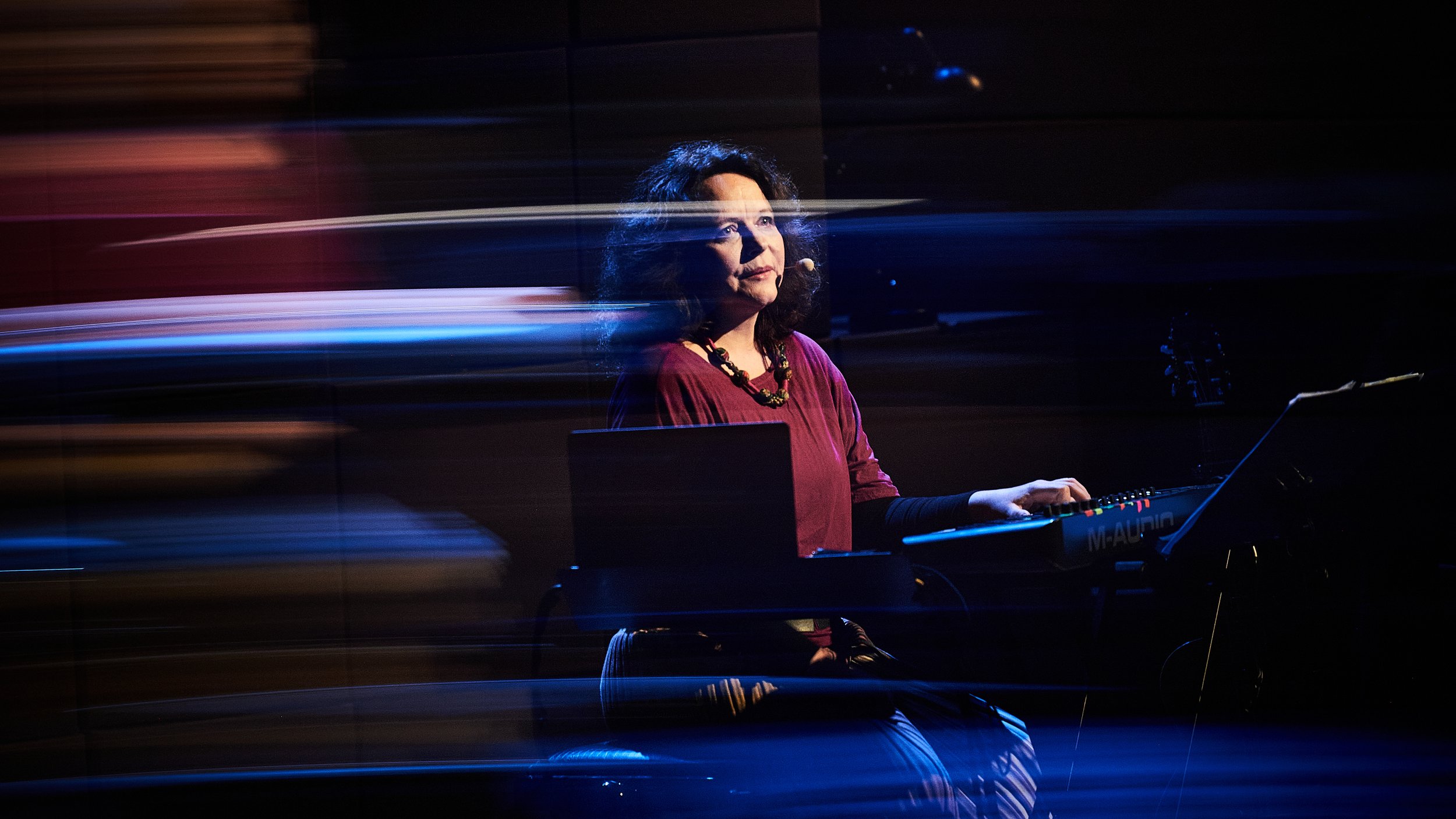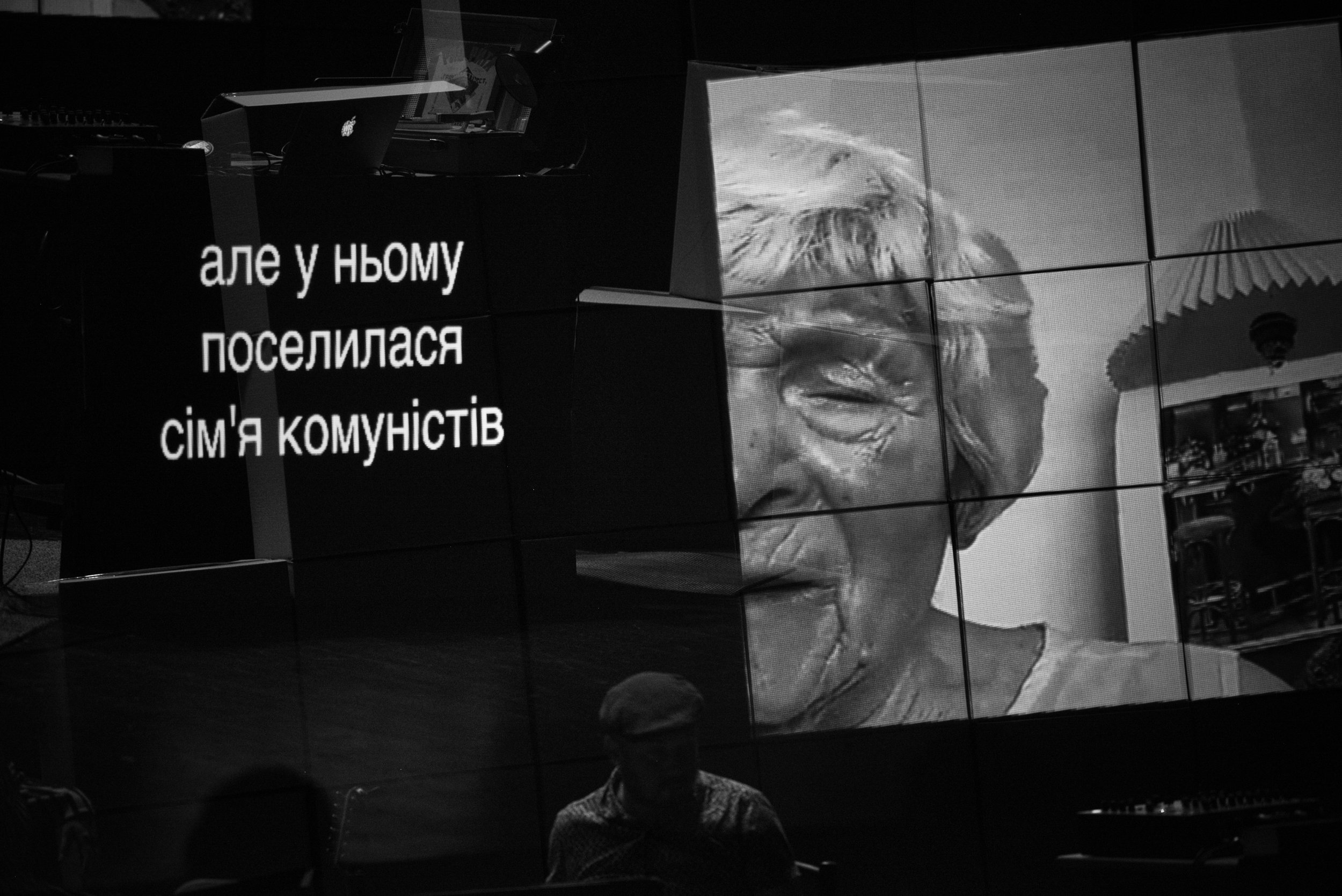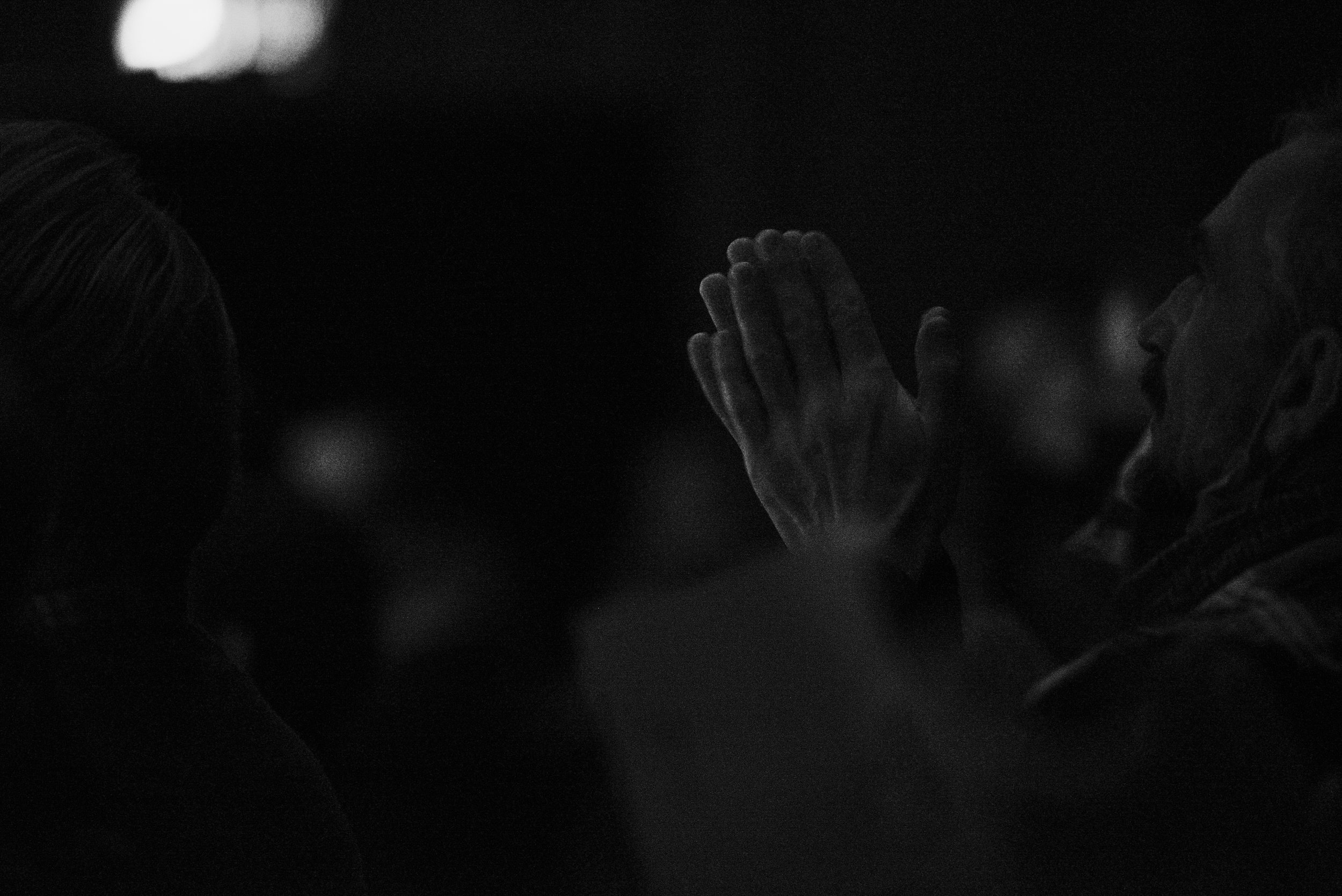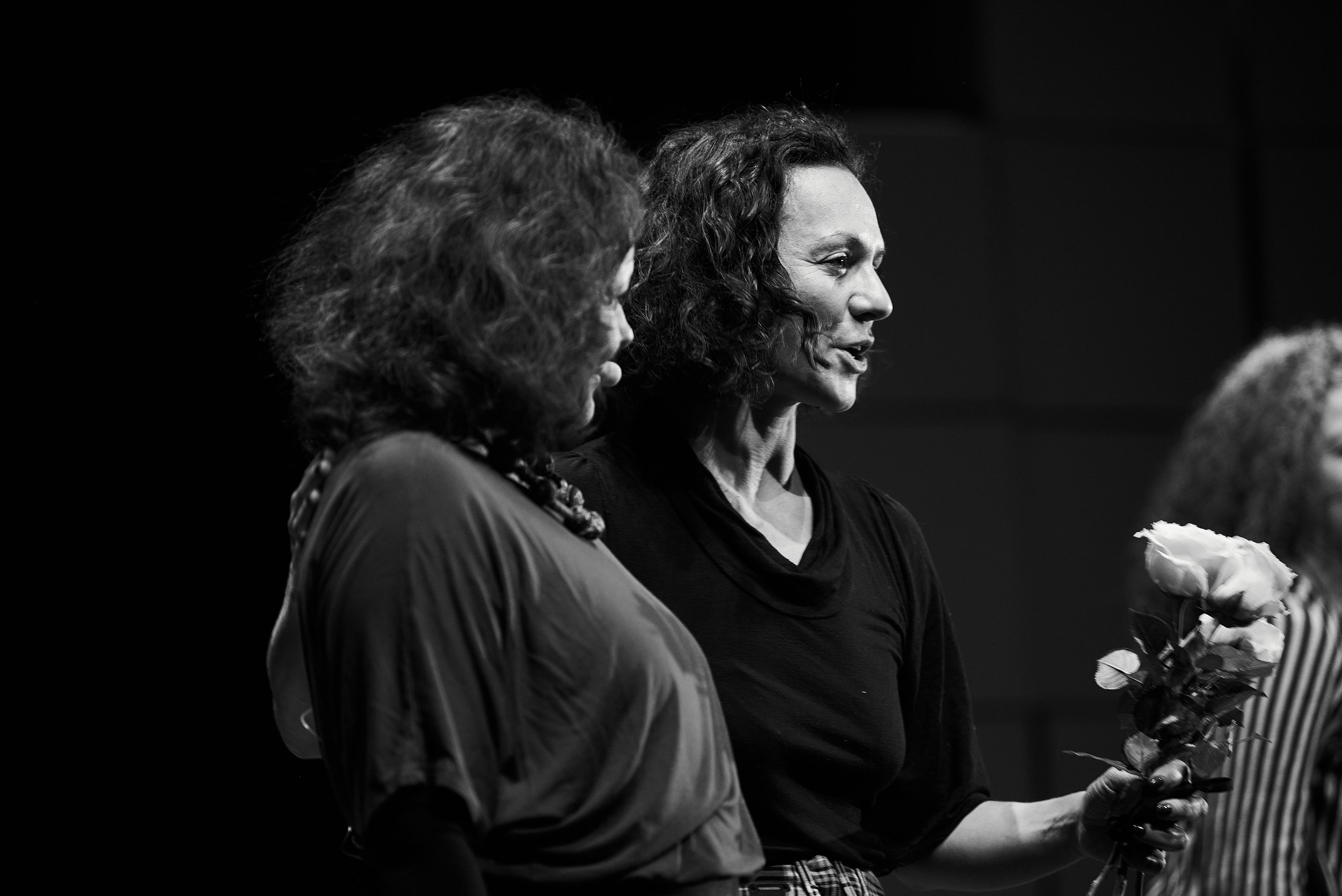From Berlin to London to Kyiv: Reflecting on Songs for Babyn Yar
“To dream up a show, to make it during covid… then to see the response of audiences internationally and for it to be able to translate across language was amazing.”
After the performance in Kyiv on 7 December, we’ve been looking back at the remarkable journey we have taken with Songs for Babyn Yar. The creative process and performances spanned three countries, incorporated six languages (Yiddish, Ukrainian, Russian, Romani, Hebrew and English) and transcended multiple generations. Josephine Burton, Dash Arts’ Artistic Director, reflects on her experience of directing the show, in her own words.
Berlin, Germany: Rehearsals and Work in Progress Performance
“We all made it to Berlin in November to rehearse. It was joyous to be in the same place and incredibly emotional to discuss the material and hone the performance together. At the end of an intense week in Berlin, we shared some of the work as part of a concert performance at an official German event marking the 30th anniversary of Ukrainian independence. Standing at the back of the room, at the sound desk, I observed the room. There was an utterly attentive silence throughout, a long pause at the end and then a deafening applause. I knew we had a hit! The combination of the utterly mesmeric performances of Mariana, Sveta and Yuriy, their beautiful moving music and the rawness of the subject matter and the sensitive way that it was approached was deeply touching for the Berlin audiences. And that was before we’d presented a staged performance.”
“Elegiac and questioning, asking how do we sing about such events, or make art out of it? Important questions in this context, powerfully realised.”
“Visual and sonic beauty, unexpected sounds and story, intimacy, all laced into so much ‘naked and piercing grief’... a beautiful, painful, searching, compassionate creation.”
London, England: More Rehearsals and World Premiere
“We moved to London where rehearsals continued building up to a first performance at JW3, our London partner. Covid was circling closer and closer, and we all became paranoid that it might prevent the performance happening. But we made it, running an intensive day of technical and dress rehearsals followed by a show to a sold-out audience and as many watching online. It was magical to bring the work together, and thrilling to feel how moved the audience was. The post-show chat was mobbed with questions and reflections. Sveta told us all that Rachil (the 93 year-old survivor of Babyn Yar whose testimony is so central to this production) had watched the performance from Germany and had been very moved. Mariana took on an audience member who diverted the conversation to suggest that Ukraine should give the Donbass Region to Russia in order to avert any further conflict. The conversation was quite tense. I moved the conversation on before it became too heated. It was fascinating and entirely unsurprising for me to see how contemporary politics in the region is never far away from art.”
“Beautiful and breath-taking. I felt the tug on my heartstrings and feel it still… a show that deserves to be seen about a story that needs to be told.”
Kyiv, Ukraine: Final Performance in 2021 Tour
Mariana Sadovska and Sveta Kundish visiting the site of the Babyn Yar massacres in Kyiv.
“And then we took the show to Kyiv. Which felt like coming home. All of the texts in English were translated into Ukrainian – both those that were spoken and those that were subtitled – which was quite a job.
On the day of the show, Mariana, Sveta, Yuriy and I visited the actual site of the massacre at Babyn Yar and slipped along icy paths past the many sculptures that have been erected over the years to mark the dead. Since 1944, the ravine has been filled in and converted into a park. Trees as tall as high rise buildings have grown since the tragedy, children were throwing snowballs and people let their dogs urinate against the sculptures. It was oddly both incredibly emotional to stand on the very site where more than 100,000 died 80 years ago, and incredibly non-descript, in stark contrast with our very personal show.
The actual performance later that night, in the sold-out Theatre on Podil did feel so personal. The artists had a lot of Kyiv-based friends and colleagues in the audience who themselves are personally invested in telling stories about Ukraine’s history. Mariana has an extraordinary monologue in the performance, which she, Yael and I worked on extensively in Berlin and London. She confronts some difficult truths about the complexity of the time in war-torn Ukraine where everyone was a victim. She acknowledges that as a Ukrainian she carries a double heritage – both to be a victim of Soviet and Nazi oppression and occupation, and to be a collaborator in the murder of so many innocent Jewish, Roma and other lives. She approached her speech in Ukraine with such clarity and bravery, prepared to voice out loud statements which are not easy for Ukrainians to hear. I was really delighted during the very lengthy post-show conversation, which felt like group-therapy, that many of the audience congratulated Mariana for calling out these truths as part of a theatre performance, truths which politicians and academics struggle to articulate.
“These performers seemed to love being with one another… I loved their capacity to transcend and descend, holding it (and us all) with such sensitivity and integrity”
Mariana Sadovska, Sveta Kundish and Yuriy Gurzhy in Songs for Babyn Yar, 2021. Photo by Ira Marconi © Goethe-Institut.
“It was also an emotional homecoming for Sveta who left Ukraine with her family in 1991. Near the end of our performance, Sveta sings A Lullaby for Babyn Yar in Yiddish. This lullaby was sung by Nechama Lifschitz, whom Sveta learnt with before her death, in 1952 in Kyiv. Nechama was the first person to ever acknowledge publicly that Jews had died at Babyn Yar. Politically, it had not been expedient for the returning Soviets to draw attention to the fact that it had been predominately members of the Jewish community who had died on the site. When Nechama sung the song, there was utter silence at her concert. At the end of the evening, after she and the audience had recovered enough to finish the set, Nechama was arrested by the KGB. She was never allowed to perform in Kyiv again. And in fact the Soviet authorities made it difficult for her to sing anywhere. She eventually applied to leave the country and moved to Israel. Sveta may have been the first person to sing this beautiful moving lullaby publicly in Kyiv since Nechama’s own performance. It felt extremely poignant for us all.
“Quietly, powerfully, deeply, holding our souls in the palms of our hands. I want to believe that other cities of the country will be able to hear this.”
“I sat with the artists on the stage listening to the post-show conversation in Ukrainian, occasionally answering questions with the aid of a brilliant interpreter (my Ukrainian is still shocking!). I already knew what an exceptional project this was – how important and how moving for the three Ukrainian artists to create a piece which was at the same time so personal to them and so much bigger than them. I also knew the combination of Rachil’s personal testimony, the texts and the exquisite music pulls on our audiences’ heart strings. But it was during the post-show conversation, listening to audience members acknowledge the pain and the healing that this work offered, that I realised how privileged I was to have helped make a piece of work that meant so much to so many.
Now we just have to pull off a world tour!”
“Such memories of Babyn Yar can unite us... Sometimes you just have to remember.”
“Now I know, now I understand”

